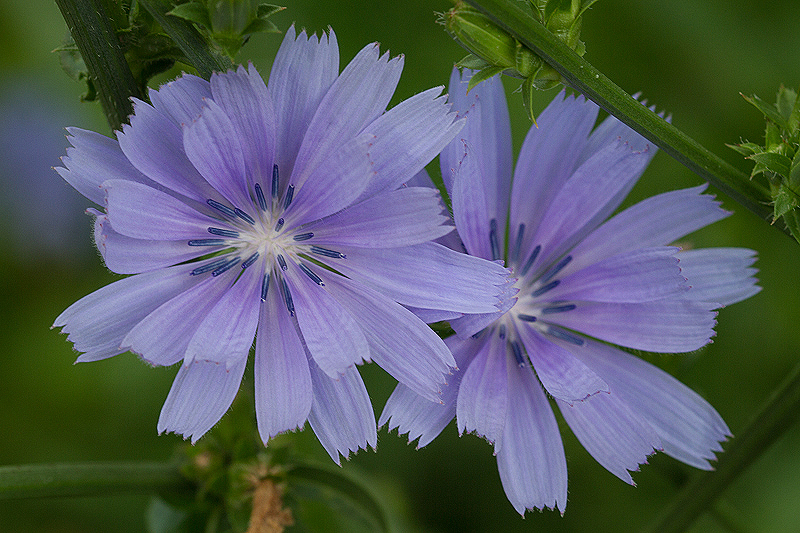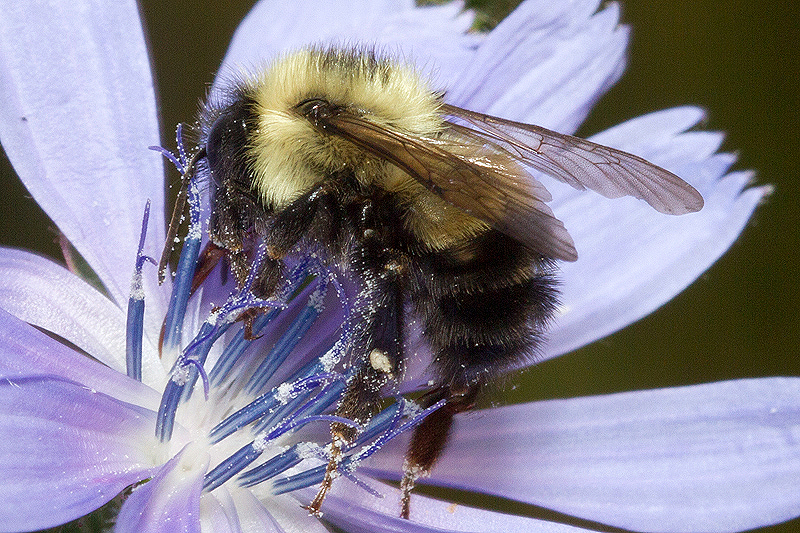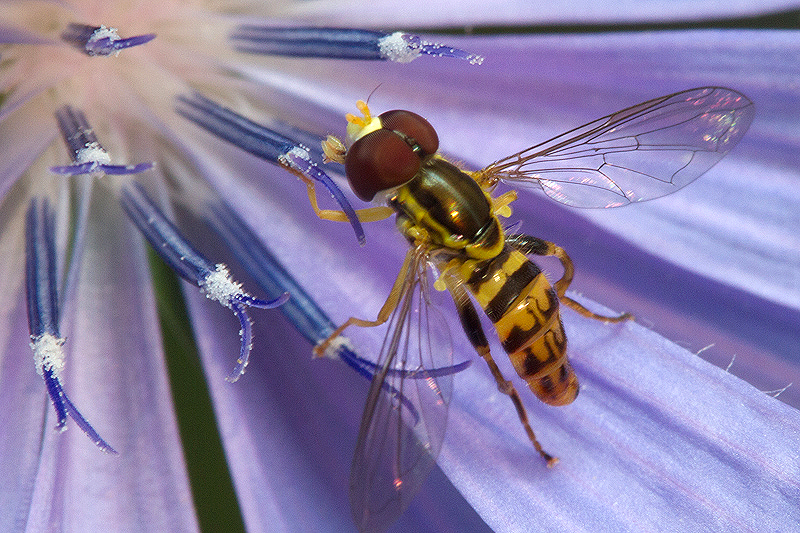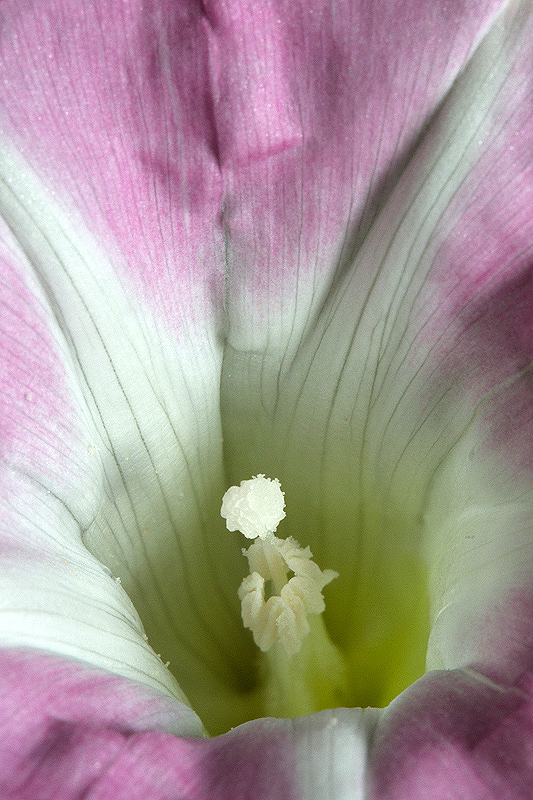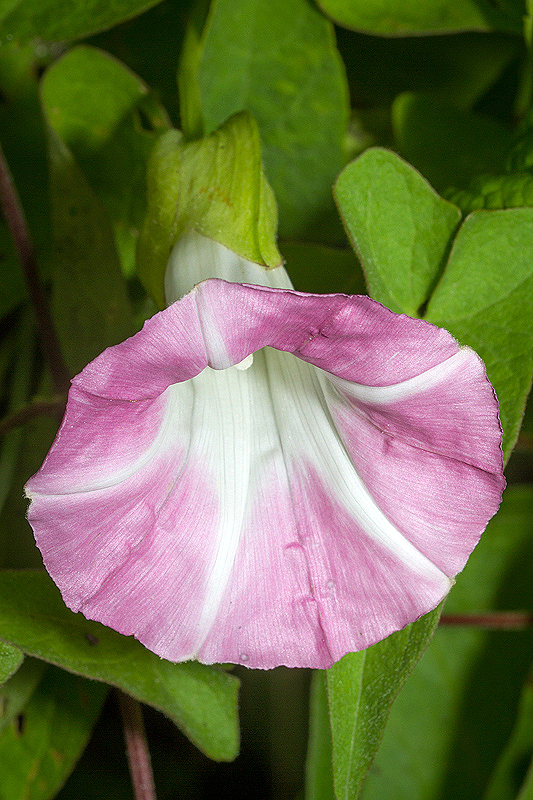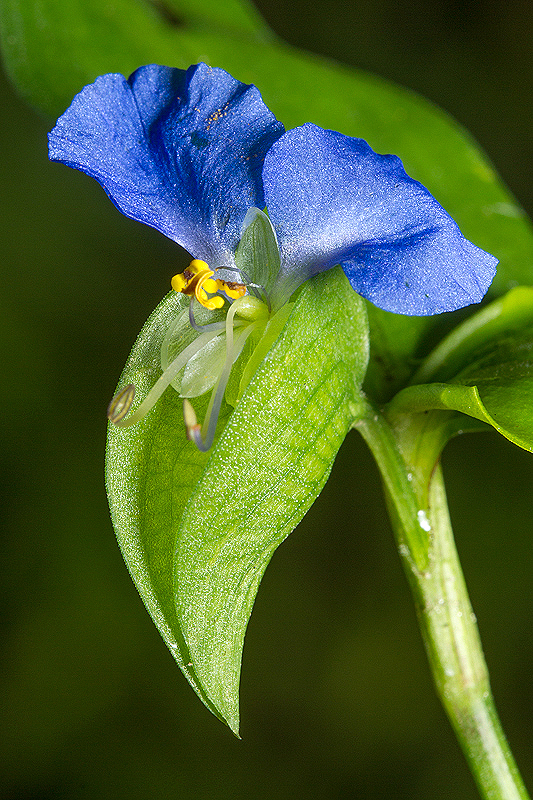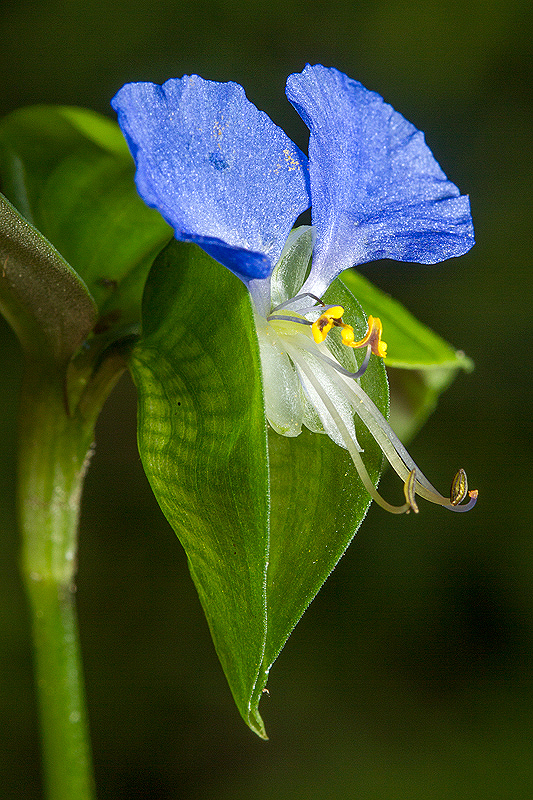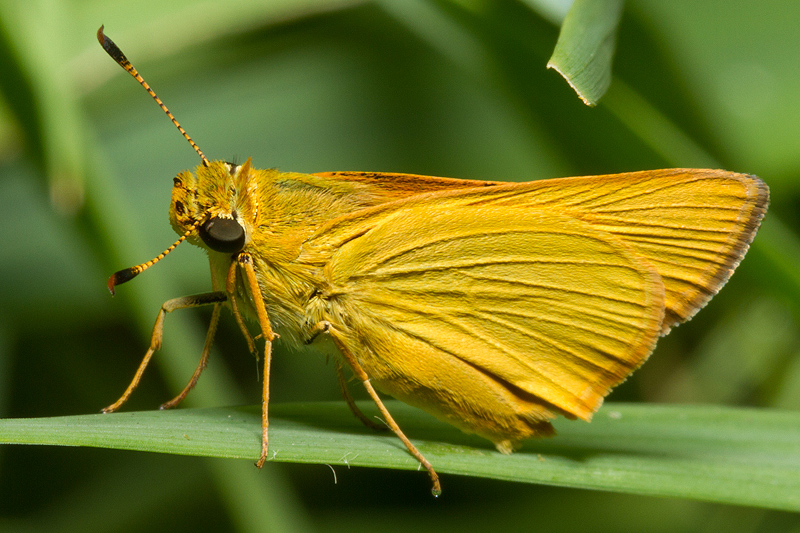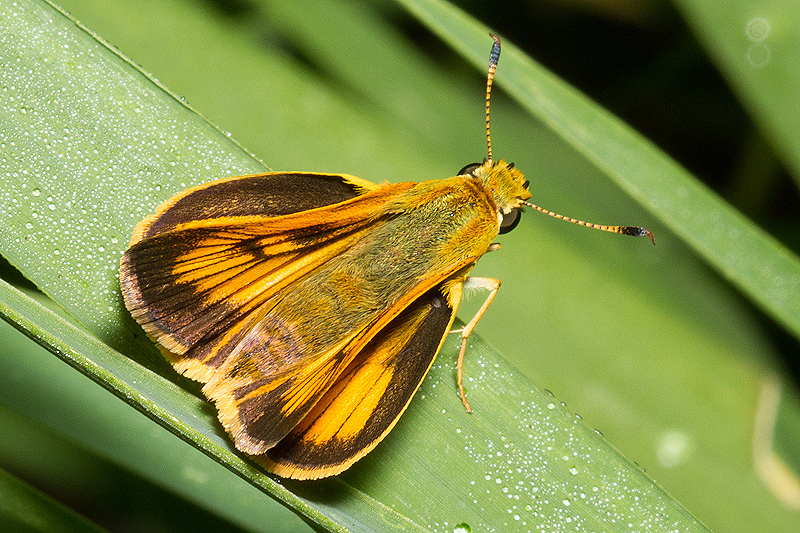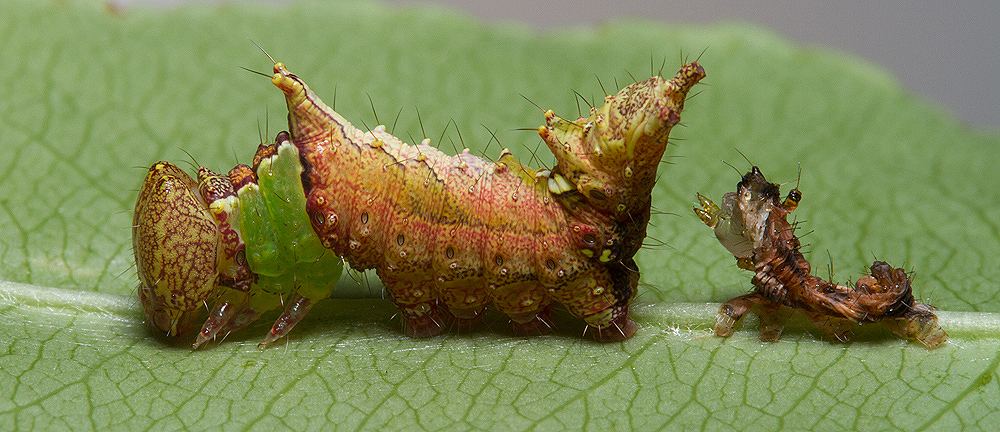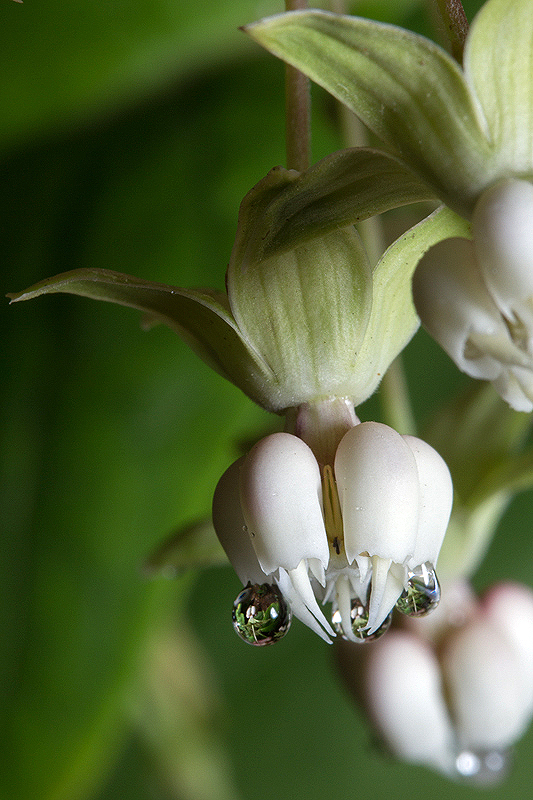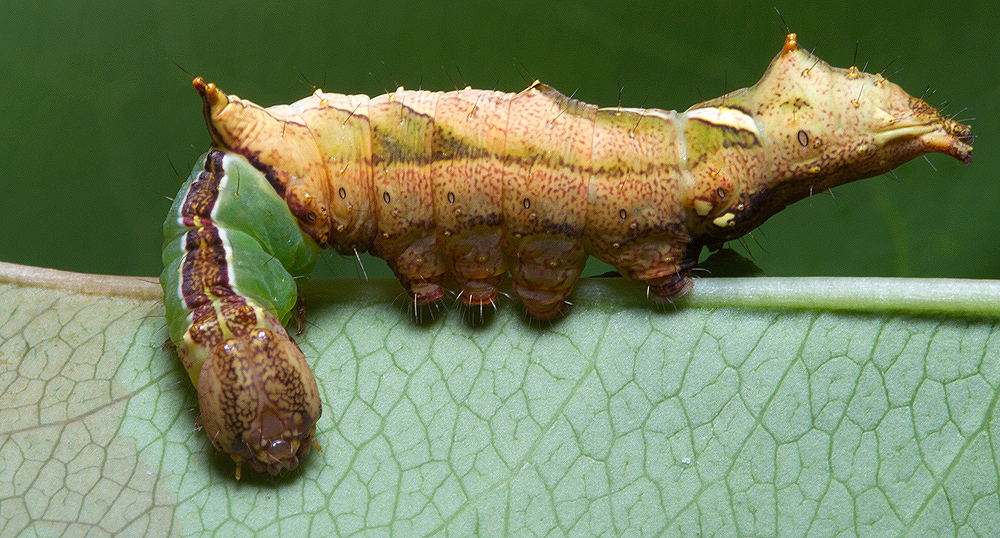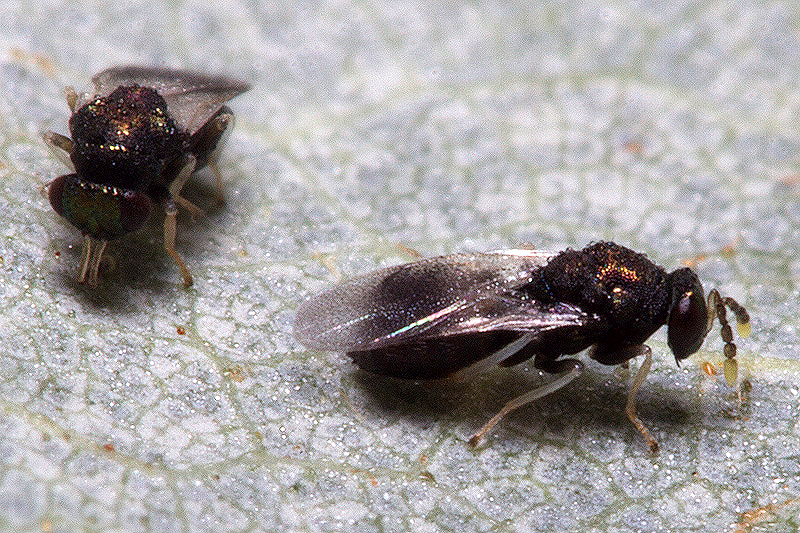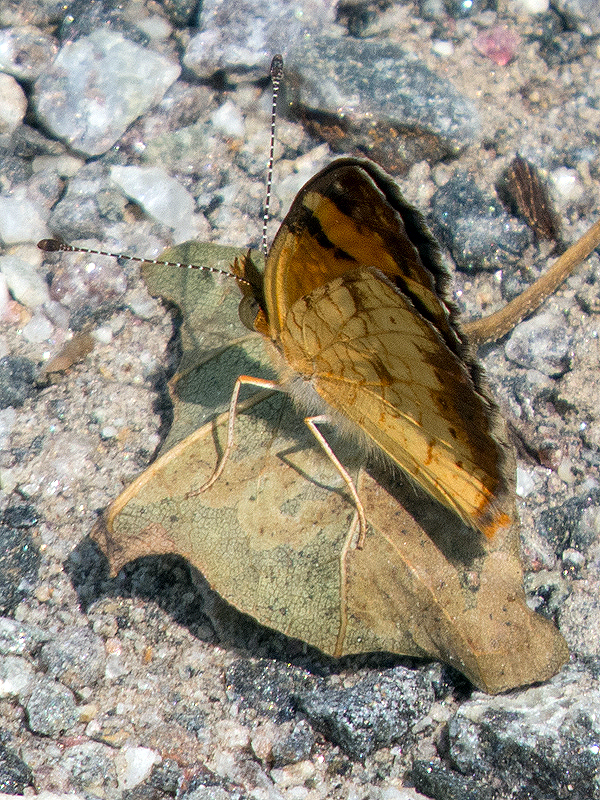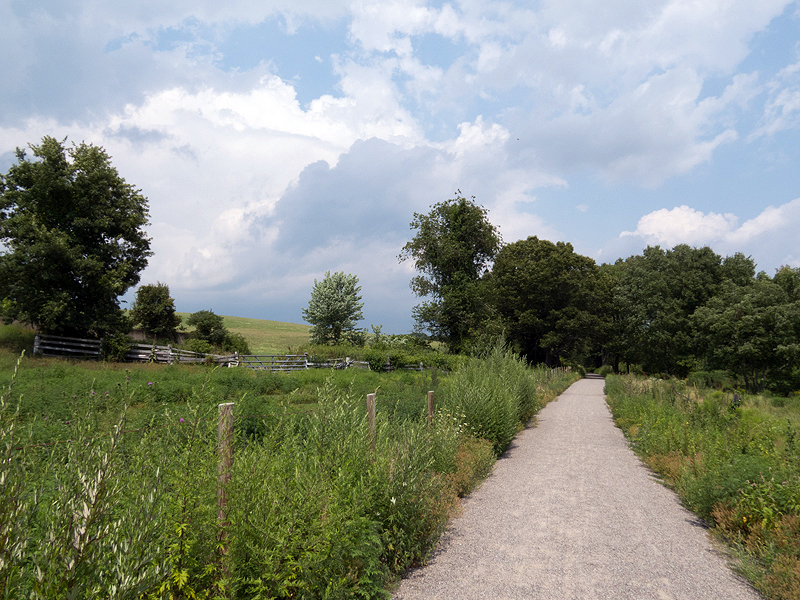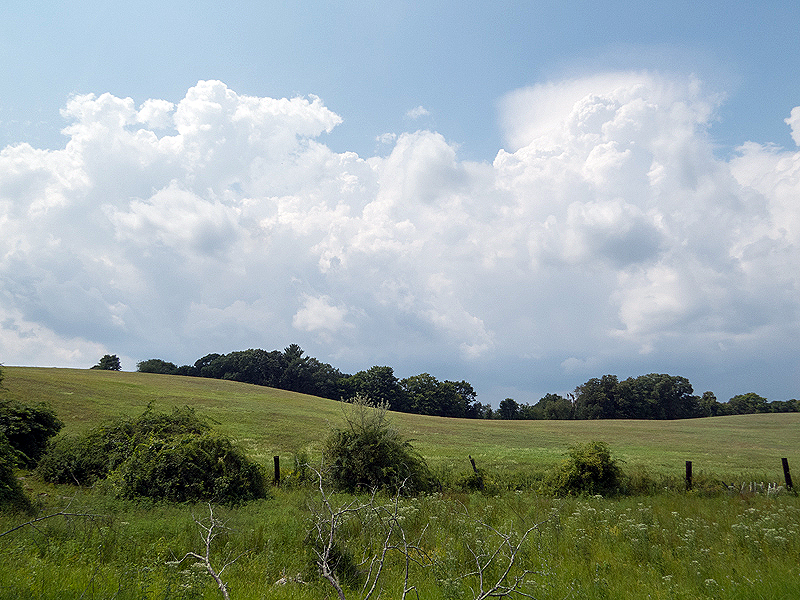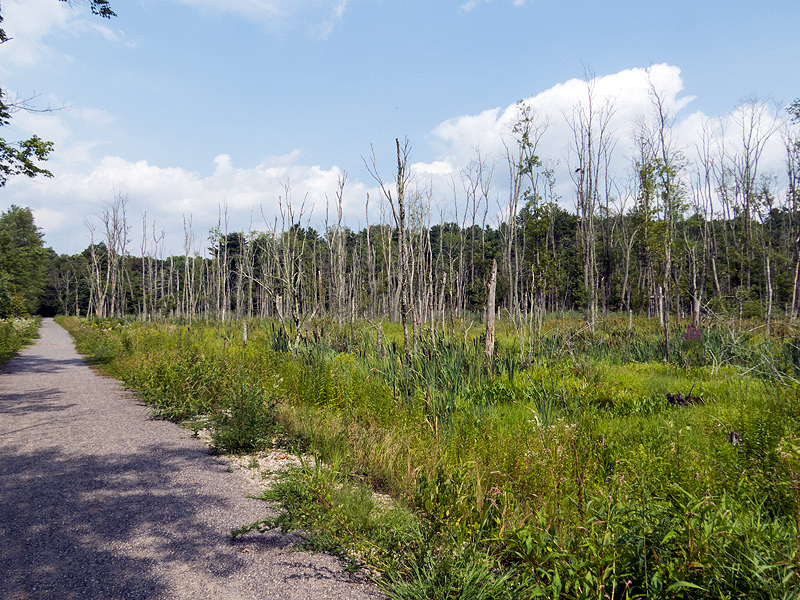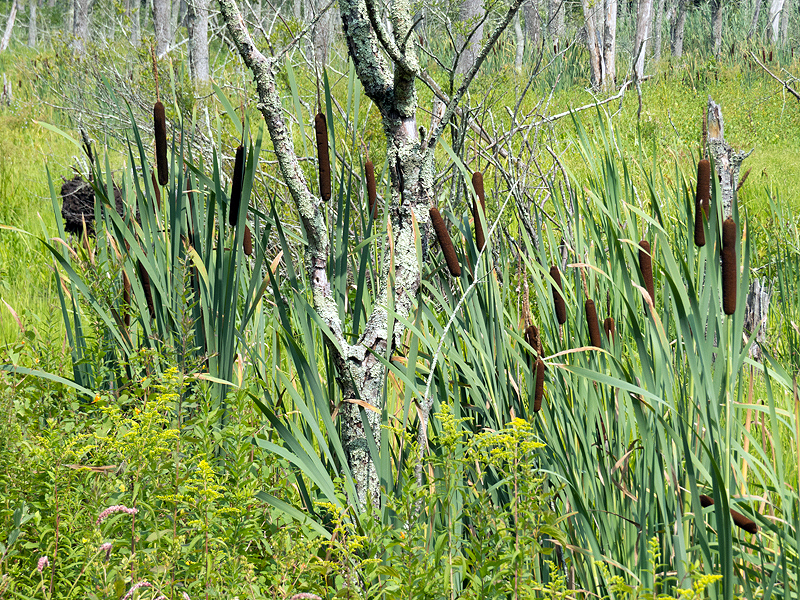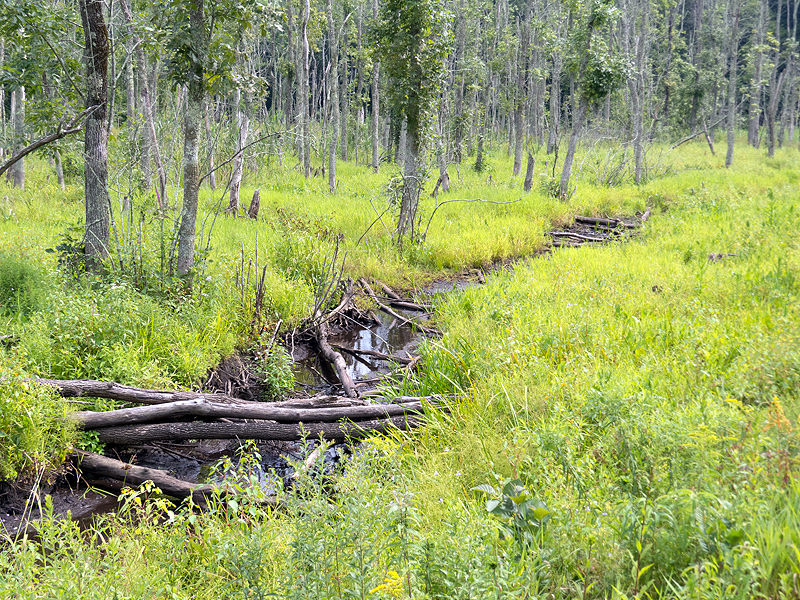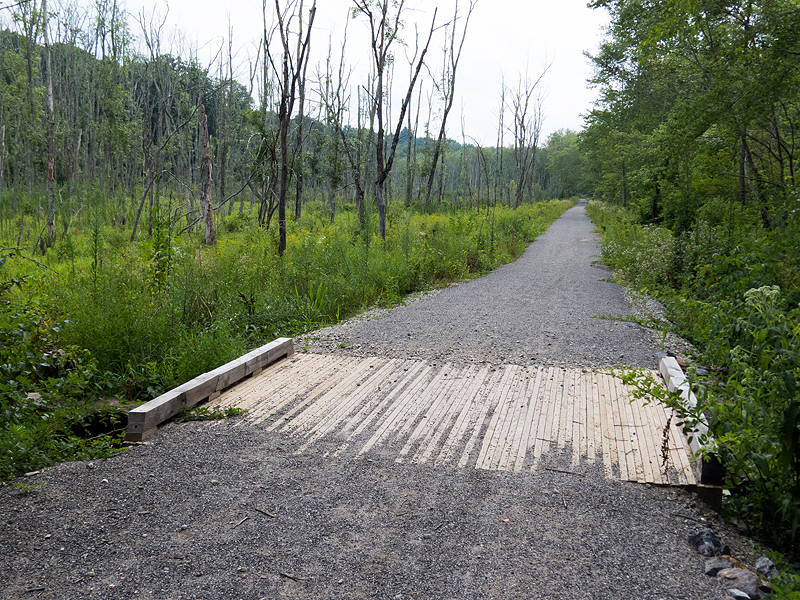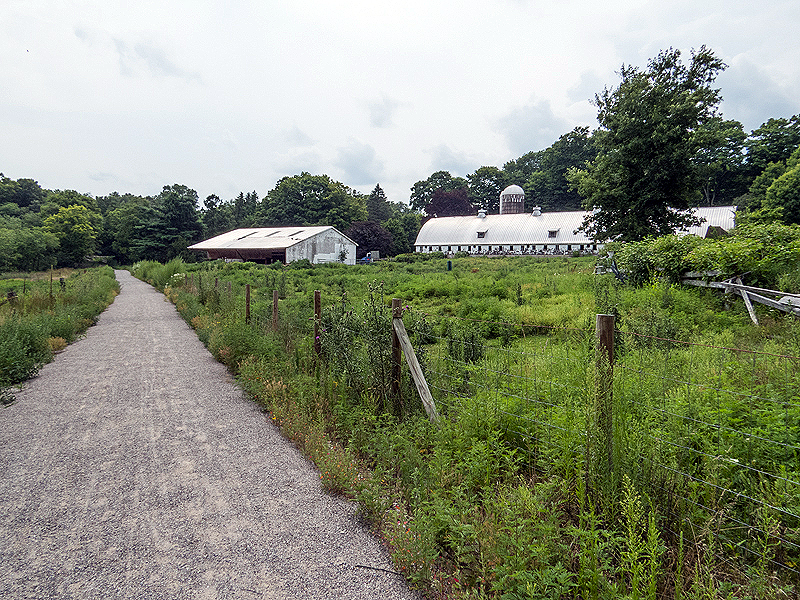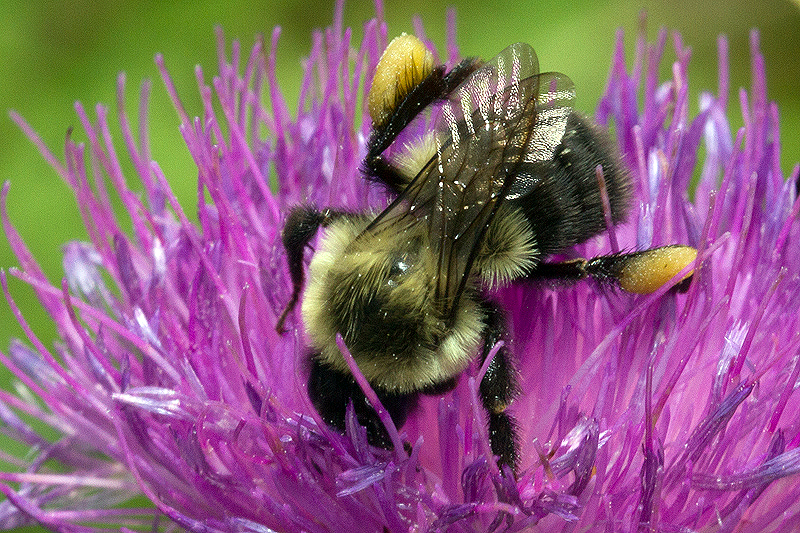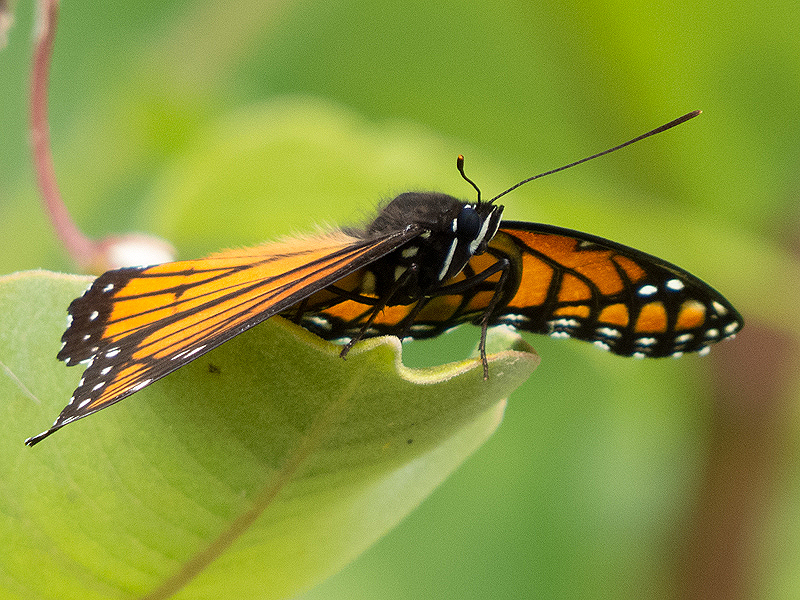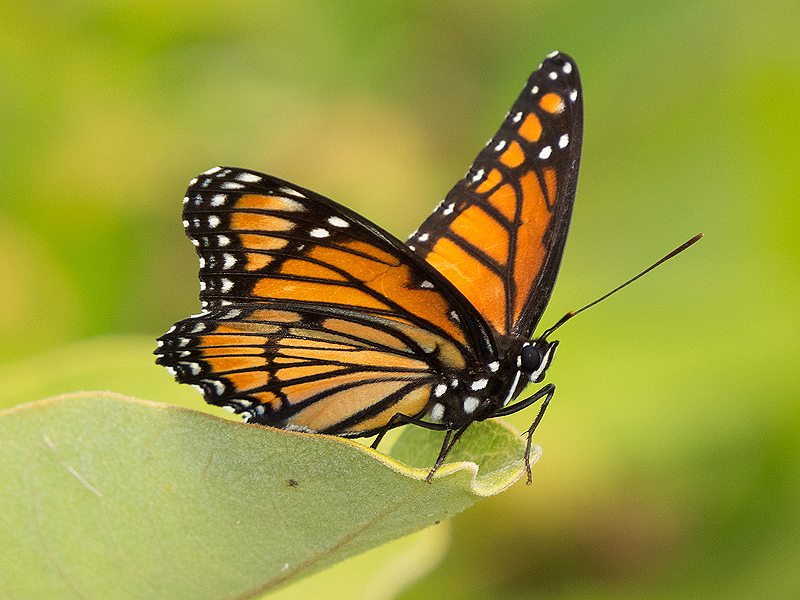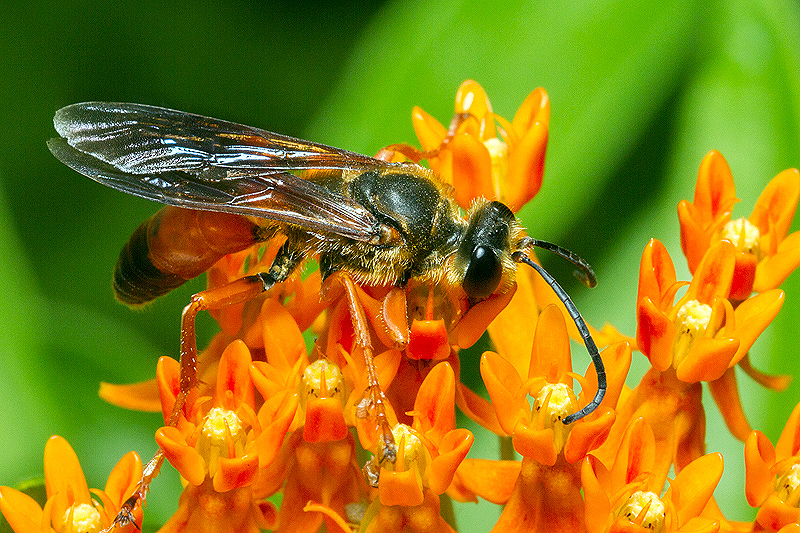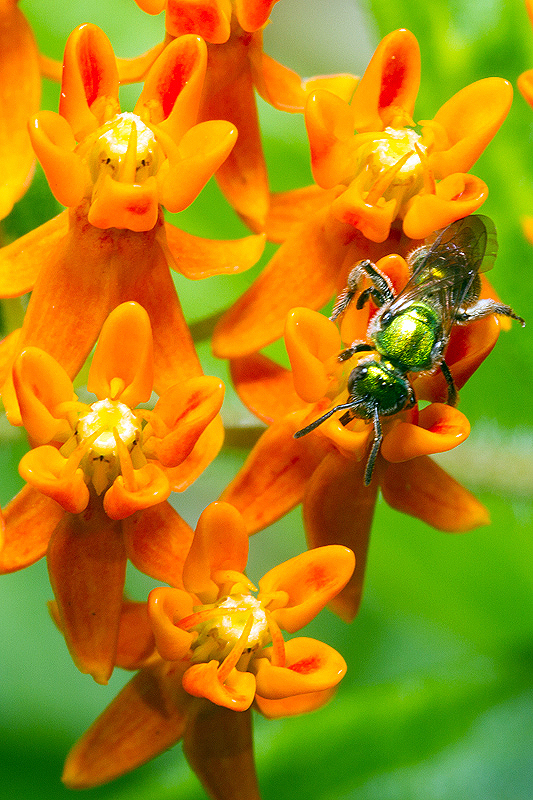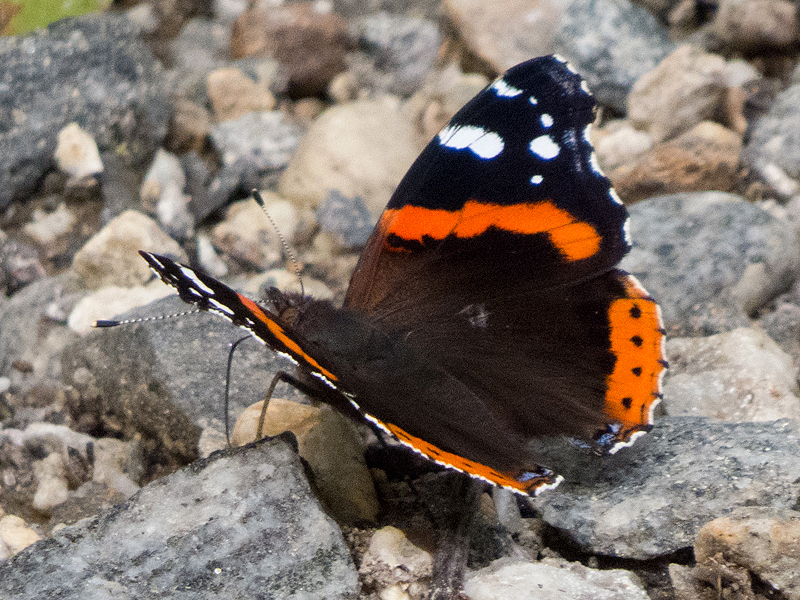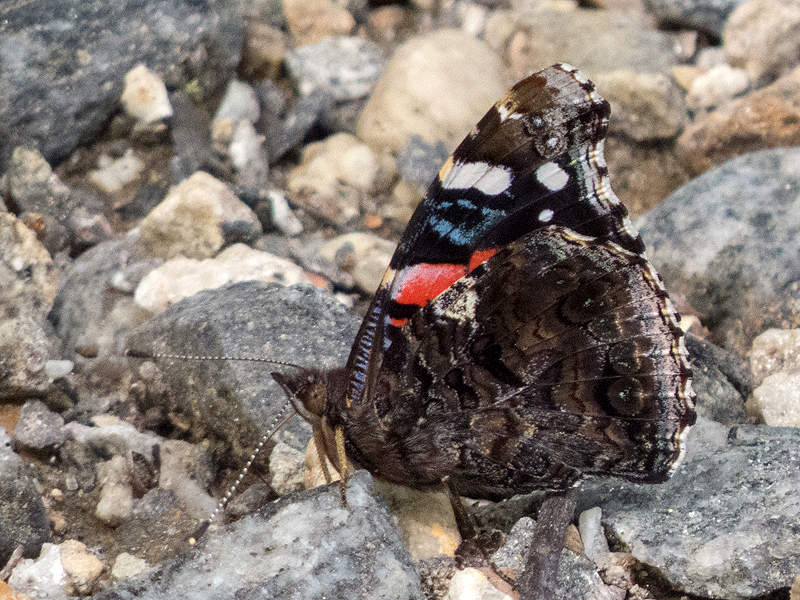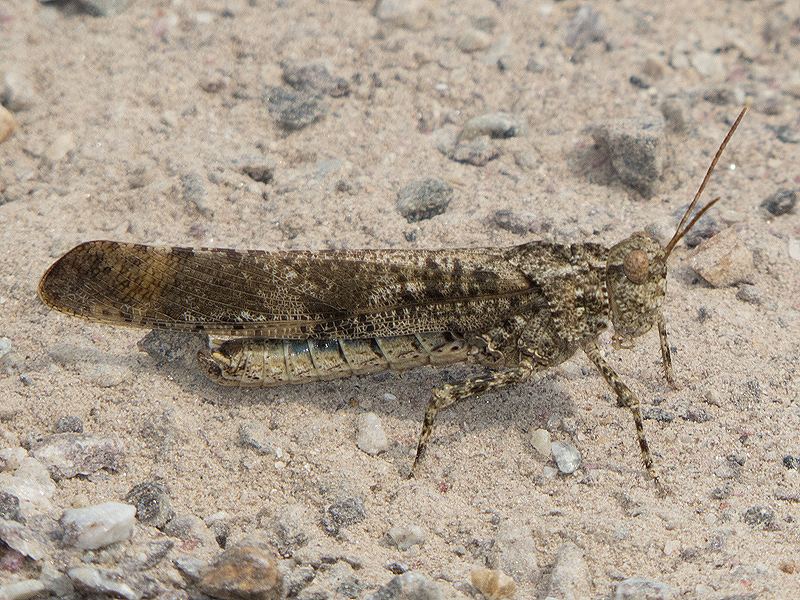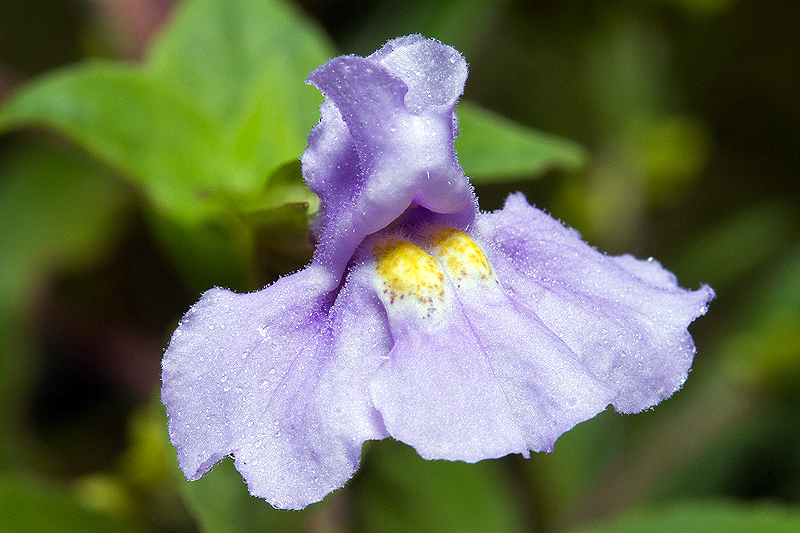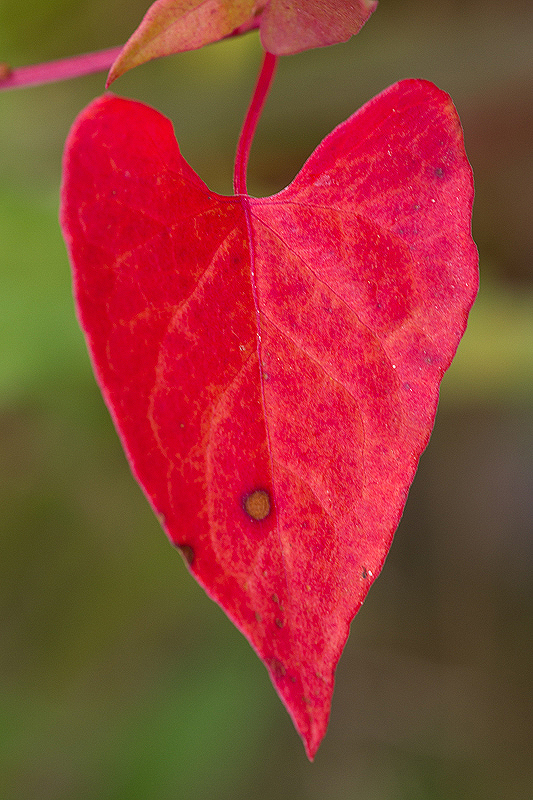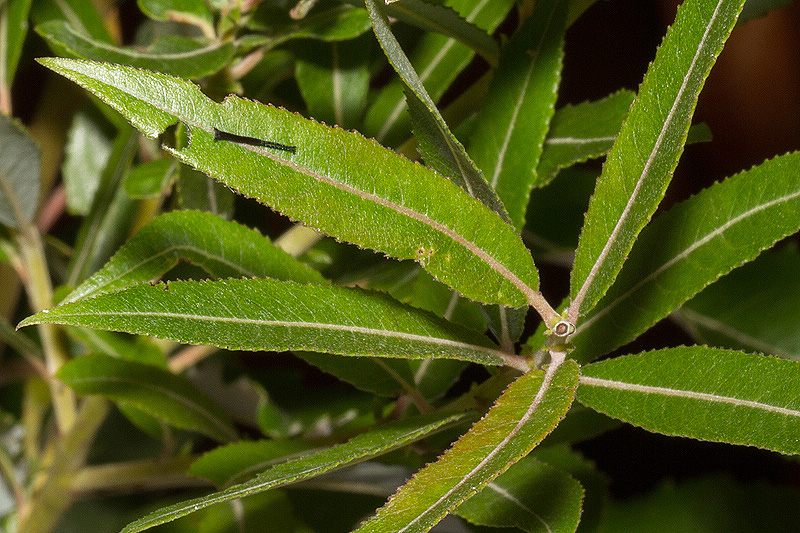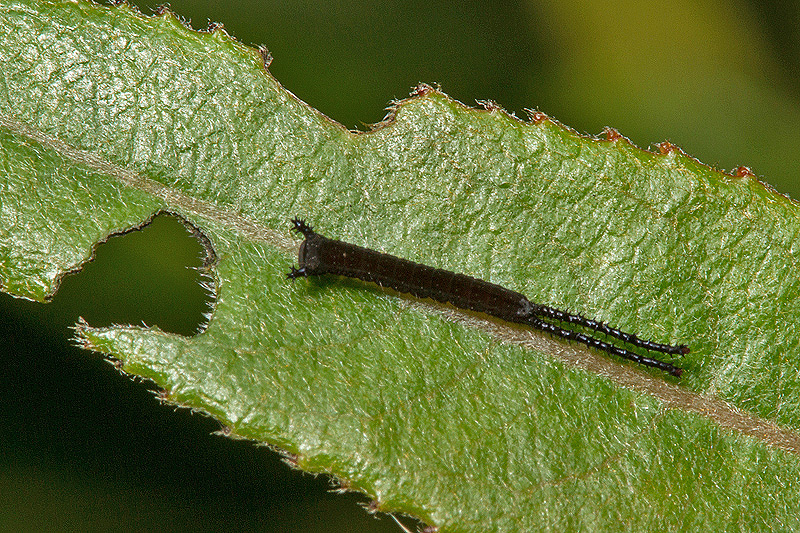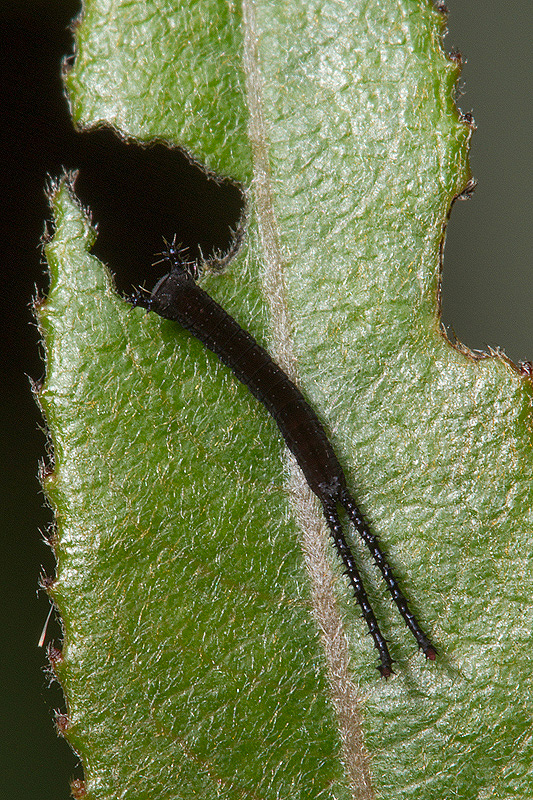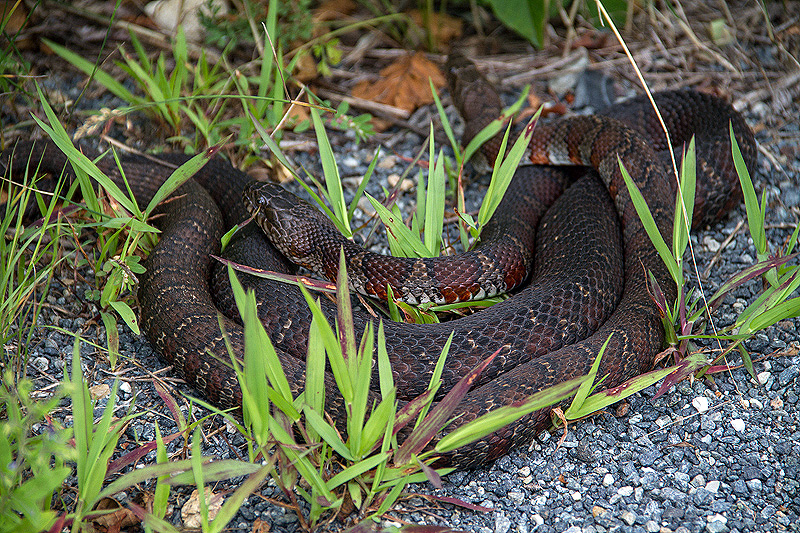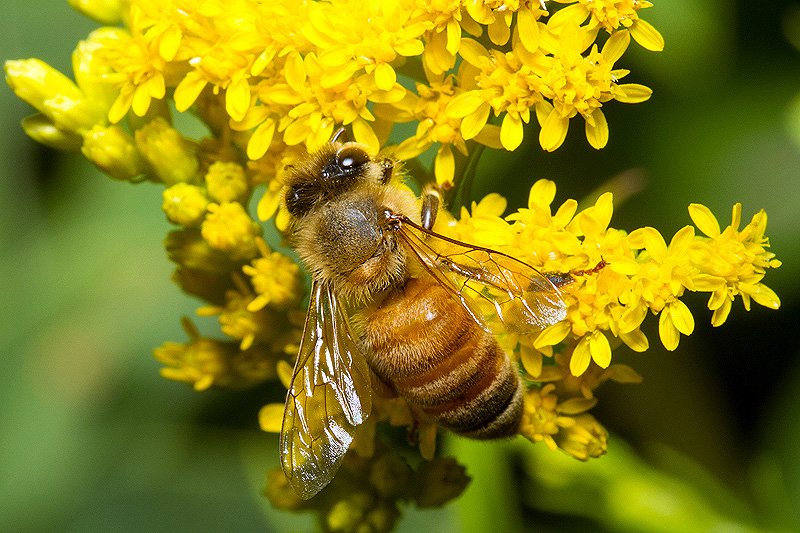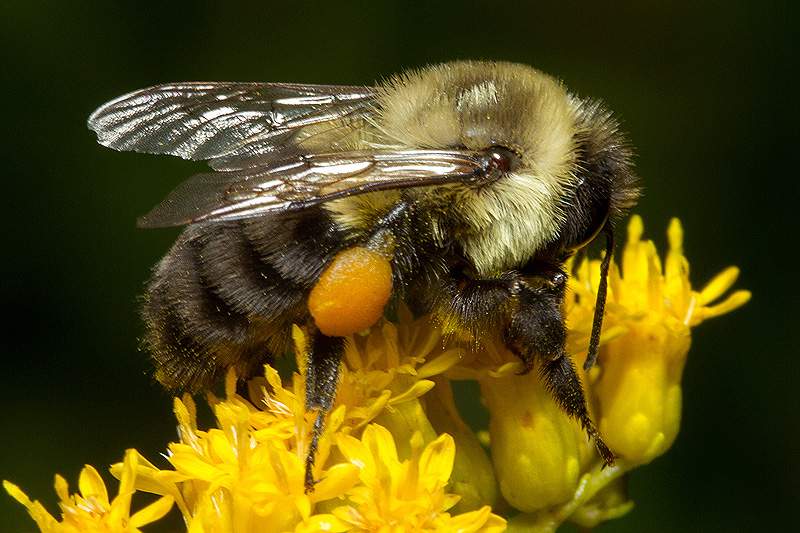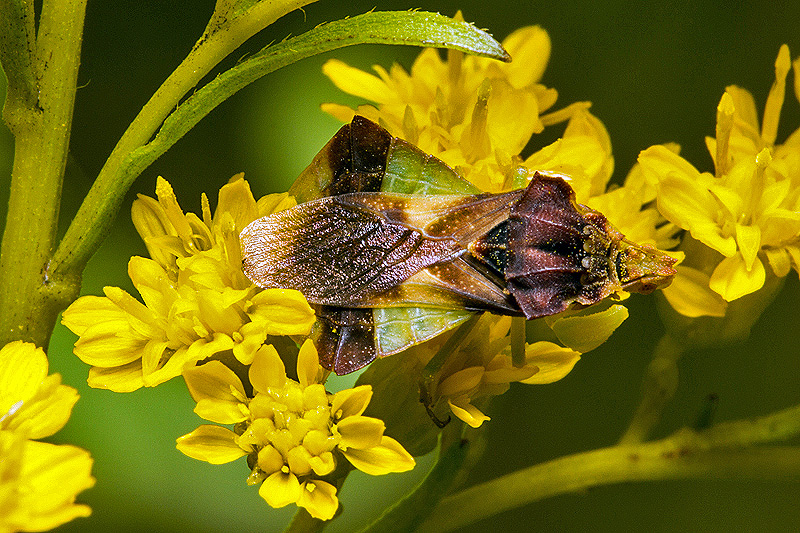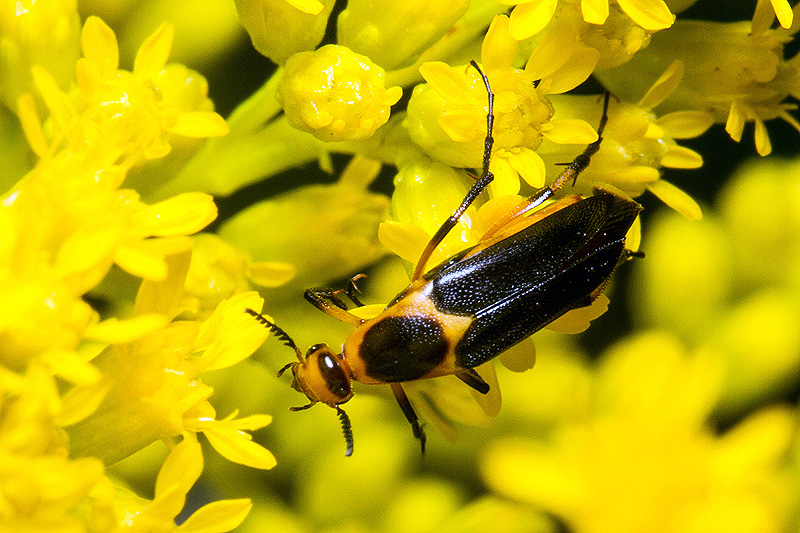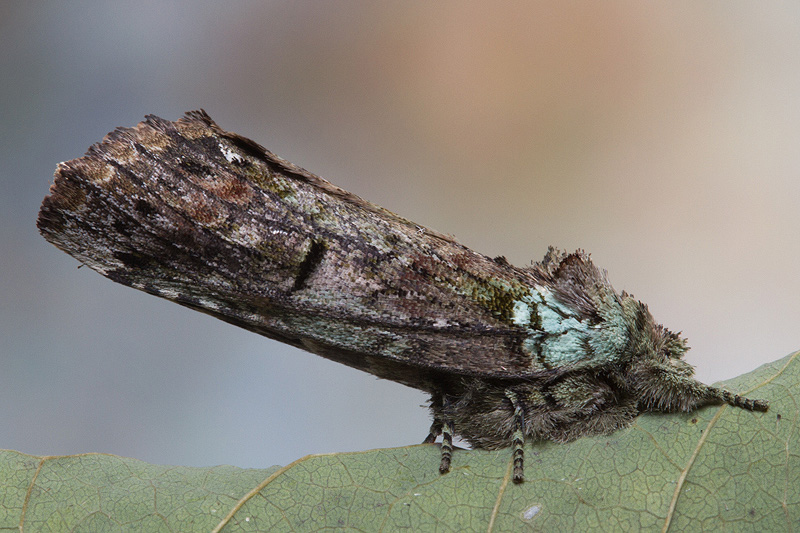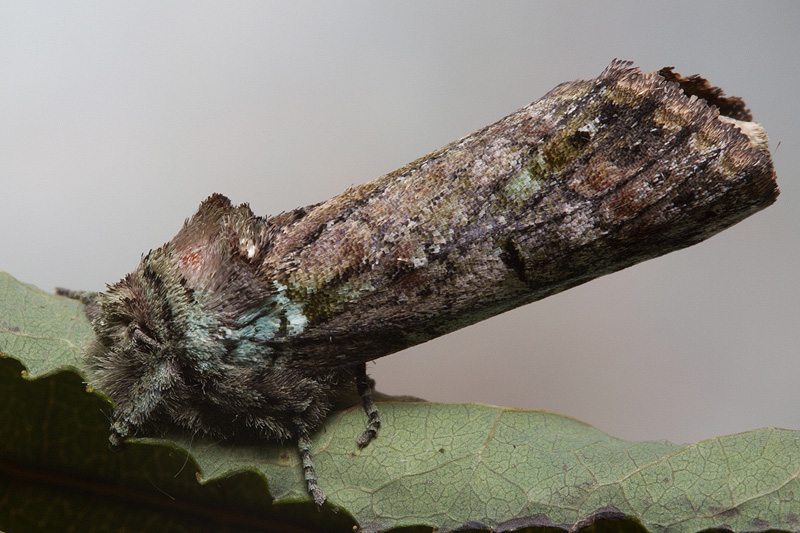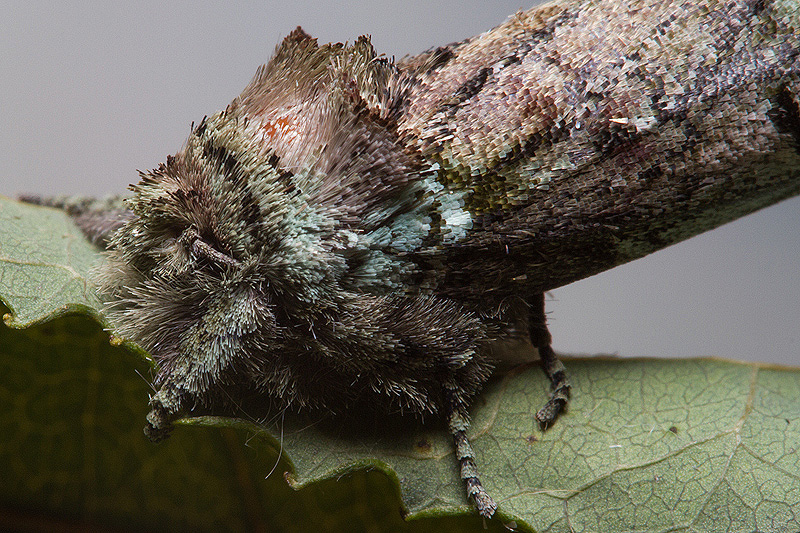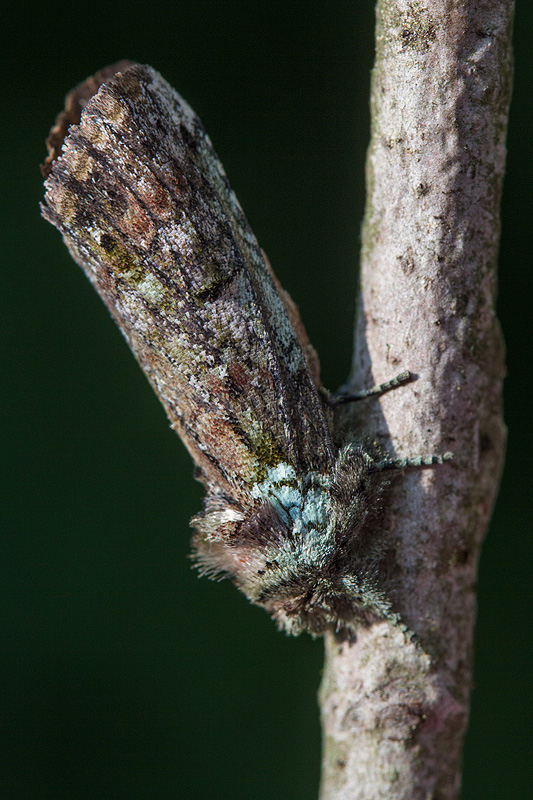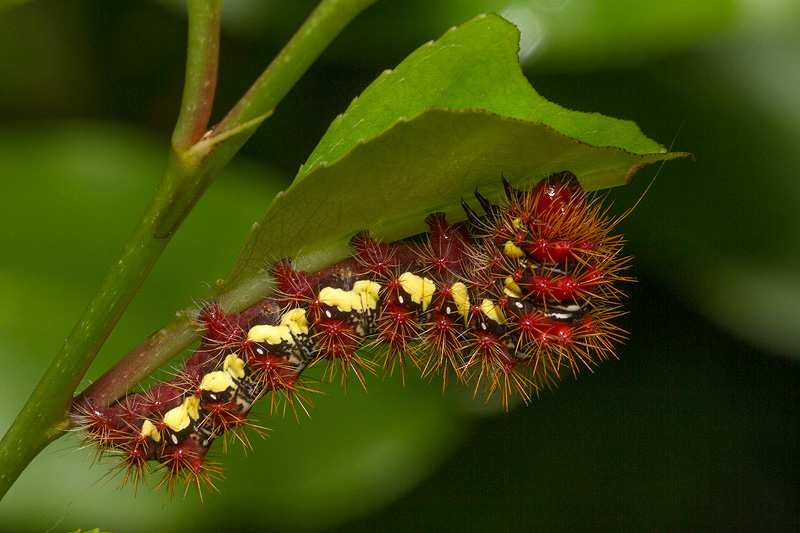Along the Air Line... 2014 - Summer, Part 4 The Air Line Trail in Eastern Connecticut - Stan Malcolm Photos |
mHome Page Stan's FlickR Albums |
July 13th. Back to Route 207 to see what's happening with the Chicory (Chicorium intybus). |
Bumblebee (Family Bombidae). |
Syrphid Flower Fly (Family Syrphidae). |
Hedge Bindweed (Convolvulus sepium). |
|
Asiatic Dayflower (Commelina communis). |
|
Delaware Skipper (Anatrytone logan). |
|
July 13th. The Unicorn Caterpillar (Schizura unicornis) found on the trail on July 2nd has grown considerably and just molted in this photo. Note the cast skin behind it, and the large head and thoracic legs in proportion to its body. |
July 14th. Poke Milkweed (Asclepias exaltata) continues to bloom at the Route 85 trail head. |
The caterpillar the molted yesterday has begun to fill out its form. |
|
|
Adult parasitic wasps (Family Eulophidae) have developed from the bright green larvae found attached to a Distinct Quaker (Achatia distincta) caterpillar on July 5th. For the whole story, see: http://www.performance-vision.com/parasitoids/ |
August 1st. My second day back on the trail after two weeks in New Hampshire. A walk east of Cook Hill Road in Lebanon. This is the underside of a Pearl Crescent (Phyciodes tharo). |
Lots of weeds and a few wildflowers in the disturbed soil on either side of the trail. Hopefully in a couple of years these pioneer species will be displaced by more persistent and photogenic plants. |
|
Marsh vegetation has also changed since water levels went way down, apparently after a beaver dam at the outlet was disturbed by bridge building. |
|
The marsh has been reduced to a tiny stream. (Anyone have a spare family of beavers that could be placed here?) |
The new bridge is a nice addition. |
|
Lots of Thistles in bloom... |
...providing pollen to lots of Bumblebees (Family Bombidae). |
|
I have seen no Monarch butterflies this summer. This is a Viceroy (Limenitis archippus) which mimics the Monarch. |
|
Great Golden Digger Wasp (Sphex ichneumoneus) on Butterfly-weed (Asclepias tuberosa). |
A Green Metallic Bee (Family Halictidae; probably Augochlora sp.). |
A Red Admiral (Vanessa atalanta). |
The underside is dead-leaf cryptic. |
And a grasshopper, speaking of cryptic. |
Monkey-flower (Mimulus sp.). |
|
August 3rd. Picking willow on the trail today to feed caterpillars here, I noticed a couple of black "threads". Looked like nothing at all... except that they turned out to be prominents (The moth family Notodontidae). (It pays to be suspicious or anything that seems out of place.) |
Body length about 4.0mm; total length about 6.2mm. |
The twin "tails" are highly modified anal prolegs that can be swished around in defense. |
Back on the trail, mid-afternoon. Cloudy, but the rain has passed. Lots of Northern Water Snakes (Nerodia sipedon) were attracting the attention of trail visitors. |
Goldenrod (Solidago sp.) is near peak and attractinbg lots of insects. This is a Honey Bee (Apis mellifera). |
A Bumblebee (Family Bombidae). |
An Ambush Bug (Family Phymatidae). |
A Ripiphorid Beetle (Macrosaigon limbatum). Larvae of this beetle parasitize wasps. |
August 4th. The adult Unicorn Prominent (Schizura unicornis) moth has emerged. I first photographed the caterpillar on the treail on July 2nd. You can see the remarkable caterpillar stages here. |
Note how the long and leg body scales help it blend into the substrate - in this case an unnatural resting place, a dried leaf. |
The pale blue-green scales resemble a bit of lichen, the green scales a bit of algae or moss. |
Ah ha! On a twig, it blends in as a broken off bit of twig. There was a reason the wings curl around the body, and the posterior body is held away from the substrate. |
Smartweed Caterpillar of the Smeared Dagger Moth (Acronicta oblinita). "Smartweed" is misleading as the caterpillar will feed on a wide range of plants. This one was on cherry. |
